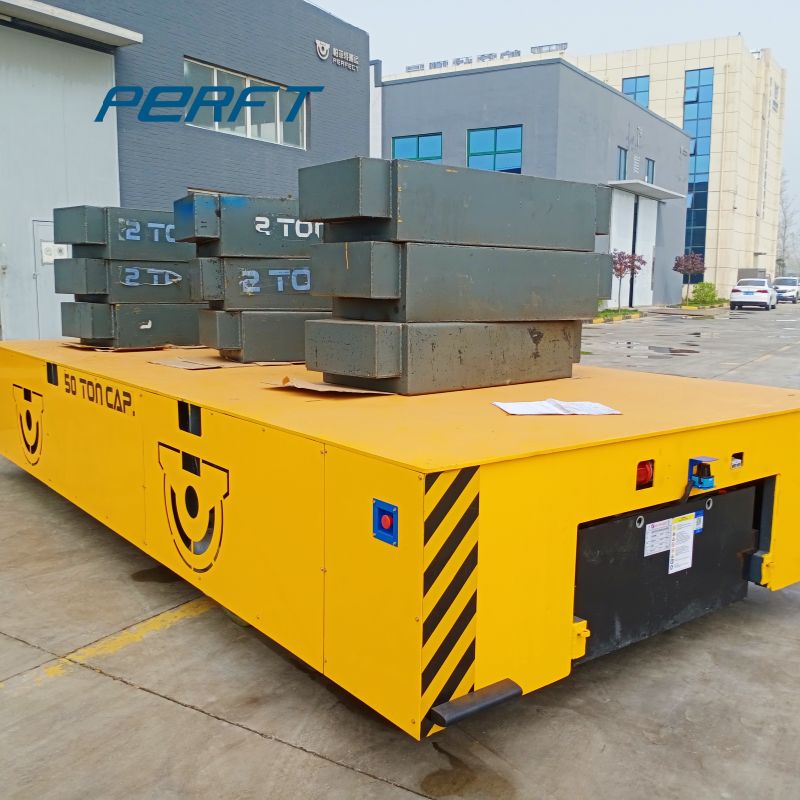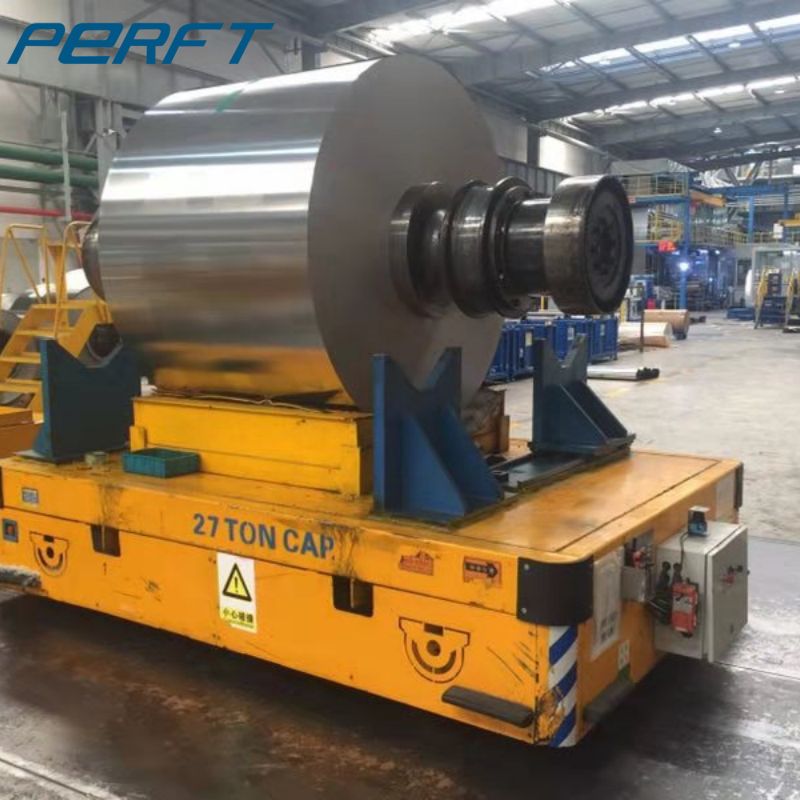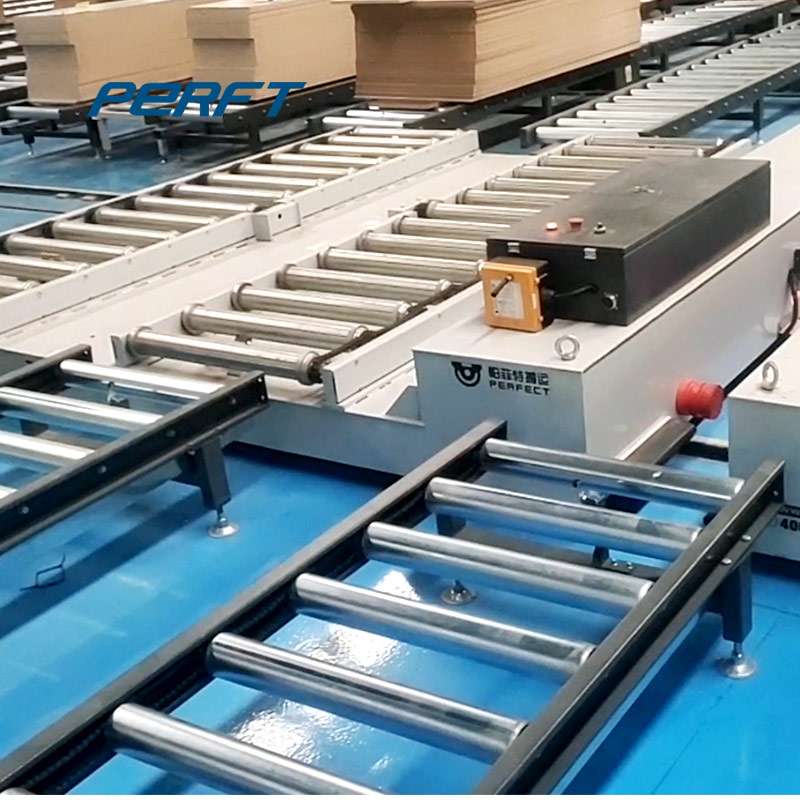Introduction To Ladle Transfer Carts
In industrial settings where heavy materials need to be transported over short distances, ladle transfer carts play a vital role. These specialized carts are designed to handle the transfer of ladles, which are large vessels used to transport molten metal or other hot materials within manufacturing facilities. Ladle transfer carts offer numerous advantages in terms of efficiency, safety, and cost-effectiveness, making them an indispensable asset in various industries.
The Importance of Ladle Transfer Carts in Industrial Settings
Ladle transfer carts are crucial in industrial settings where the movement of heavy materials is required. These carts enable the safe and efficient transportation of ladles filled with molten metal, slag, or other materials from one location to another. By using ladle transfer carts, companies can streamline their material handling processes, reducing the risk of accidents, improving productivity, and ensuring a smooth workflow.
Types of Ladle Transfer Carts
There are different types of ladle transfer carts available, each with its own unique features and functionalities. Some common types include:
Electric Ladle Transfer Carts: These carts are powered by electricity and are ideal for indoor applications. They offer precise control, smooth operation, and low maintenance requirements.
Rail-guided Ladle Transfer Carts: These carts are equipped with rails that guide their movement along a predetermined path. They are suitable for applications where a specific track layout is required.
Battery-powered Ladle Transfer Carts: These carts are powered by batteries, offering flexibility in terms of movement and operation. They are commonly used in facilities where frequent direction changes are needed.
Advantages of Ladle Transfer Carts
Ladle transfer carts provide several advantages over traditional material handling methods. Some key benefits include:
Efficient Material Handling
Ladle transfer carts are designed to optimize material handling processes. They can transport heavy loads with ease, reducing the need for manual labor and minimizing the risk of injuries. The carts can navigate through narrow aisles and tight spaces, enabling efficient movement within the facility.
Improved Safety
Safety is a top priority in industrial environments, especially when handling hot materials. Ladle transfer carts are equipped with safety features such as emergency stop buttons, alarms, and obstacle detection systems. These measures ensure the well-being of workers and prevent accidents during the transportation of ladles.
Versatility and Flexibility
Ladle transfer carts can be customized to suit specific requirements. They can be designed to accommodate different ladle sizes, weight capacities, and temperature ranges. Moreover, these carts can be easily integrated into existing workflows and systems, providing flexibility in material handling operations.
Cost-effective Solution
Investing in ladle transfer carts can lead to cost savings in the long run. By automating the material handling process, companies can reduce labor costs and increase overall productivity. The improved efficiency and safety offered by ladle transfer carts also contribute to cost reduction and enhance the bottom line.
Common Applications of Ladle Transfer Carts
Ladle transfer carts find applications in various industries where the transportation of hot materials is required. Some common sectors that benefit from these carts include:
Steel Mills
In steel mills, ladle transfer carts are used to transport ladles filled with molten steel between different processes, such as melting, refining, and casting. The carts ensure the safe and efficient movement of ladles, optimizing the steelmaking process.
Foundries
Foundries utilize ladle transfer carts to transport ladles containing molten metal from the furnace to the casting area. These carts enable precise positioning of the ladles, ensuring a controlled pouring process and reducing the risk of accidents.
Metallurgical Plants
Metallurgical plants often handle high-temperature materials during their production processes. Ladle transfer carts facilitate the movement of ladles carrying molten metal or slag, contributing to a smooth and efficient workflow within the facility.
Factors to Consider When Choosing a Ladle Transfer Cart
When selecting a ladle transfer cart, several factors should be taken into consideration to ensure optimal performance and safety. These factors include:
Load Capacity
The load capacity of the cart should match the weight of the ladles or materials to be transported. It is essential to choose a cart with sufficient capacity to handle the required loads without straining the cart’s components.
Power Source
Different types of ladle transfer carts utilize various power sources, such as electricity or batteries. The power source should align with the operational requirements of the facility, considering factors such as runtime, charging infrastructure, and environmental considerations.
Control System
The control system of the ladle transfer cart determines the precision and ease of operation. Advanced control systems offer features like variable speed control, programmable routes, and remote control options, enhancing the efficiency and flexibility of the cart.
Safety Features
Safety features are crucial for ladle transfer carts, considering the hazardous nature of the materials being transported. Features like emergency stop buttons, alarms, thermal insulation, and collision avoidance systems should be present to ensure the safety of personnel and equipment.
Maintenance and Safety Guidelines for Ladle Transfer Carts
To maintain the optimal performance and safety of ladle transfer carts, regular maintenance and adherence to safety guidelines are essential. Some maintenance practices and safety guidelines to follow include:
- Regular inspection of the cart’s mechanical components, electrical systems, and safety features.
- Lubrication of moving parts to ensure smooth operation and prevent wear and tear.
- Training operators on safe handling procedures, emergency protocols, and proper use of safety features.
- Adhering to temperature limits and using appropriate thermal insulation to prevent heat transfer.
- Ensuring a clean and debris-free environment around the cart’s path to avoid obstructions or accidents.
Ladle transfer carts play a crucial role in industrial settings where the movement of heavy materials is required. They offer efficiency, safety, and cost-effectiveness, making them indispensable in various industries such as steel mills, foundries, and metallurgical plants. When choosing a ladle transfer cart, factors such as load capacity, power source, control system, and safety features should be carefully considered. Regular maintenance and adherence to safety guidelines ensure optimal performance and safety. By utilizing ladle transfer carts, companies can enhance their material handling processes, streamline workflows, and improve overall productivity.
FAQs
1. Are ladle transfer carts only used in steel mills?
No, ladle transfer carts find applications in various industries, including steel mills, foundries, and metallurgical plants. They are utilized wherever the transportation of ladles or hot materials is required.
2. What are the advantages of using electric ladle transfer carts?
Electric ladle transfer carts offer precise control, smooth operation, and low maintenance requirements. They are suitable for indoor applications and provide efficient and reliable material handling.
3. How do ladle transfer carts improve safety in industrial settings?
Ladle transfer carts are equipped with safety features such as emergency stop buttons, alarms, and obstacle detection systems. These features ensure the well-being of workers and prevent accidents during the transportation of ladles.
4. Can ladle transfer carts be customized for specific requirements?
Yes, ladle transfer carts can be customized to accommodate different ladle sizes, weight capacities, and temperature ranges. They can be tailored to suit specific operational needs within the facility.
5. How do ladle transfer carts contribute to cost savings?
By automating the material handling process, ladle transfer carts reduce labor costs and improve overall productivity. The increased efficiency and safety offered by these carts also contribute to cost reduction and enhance profitability.








